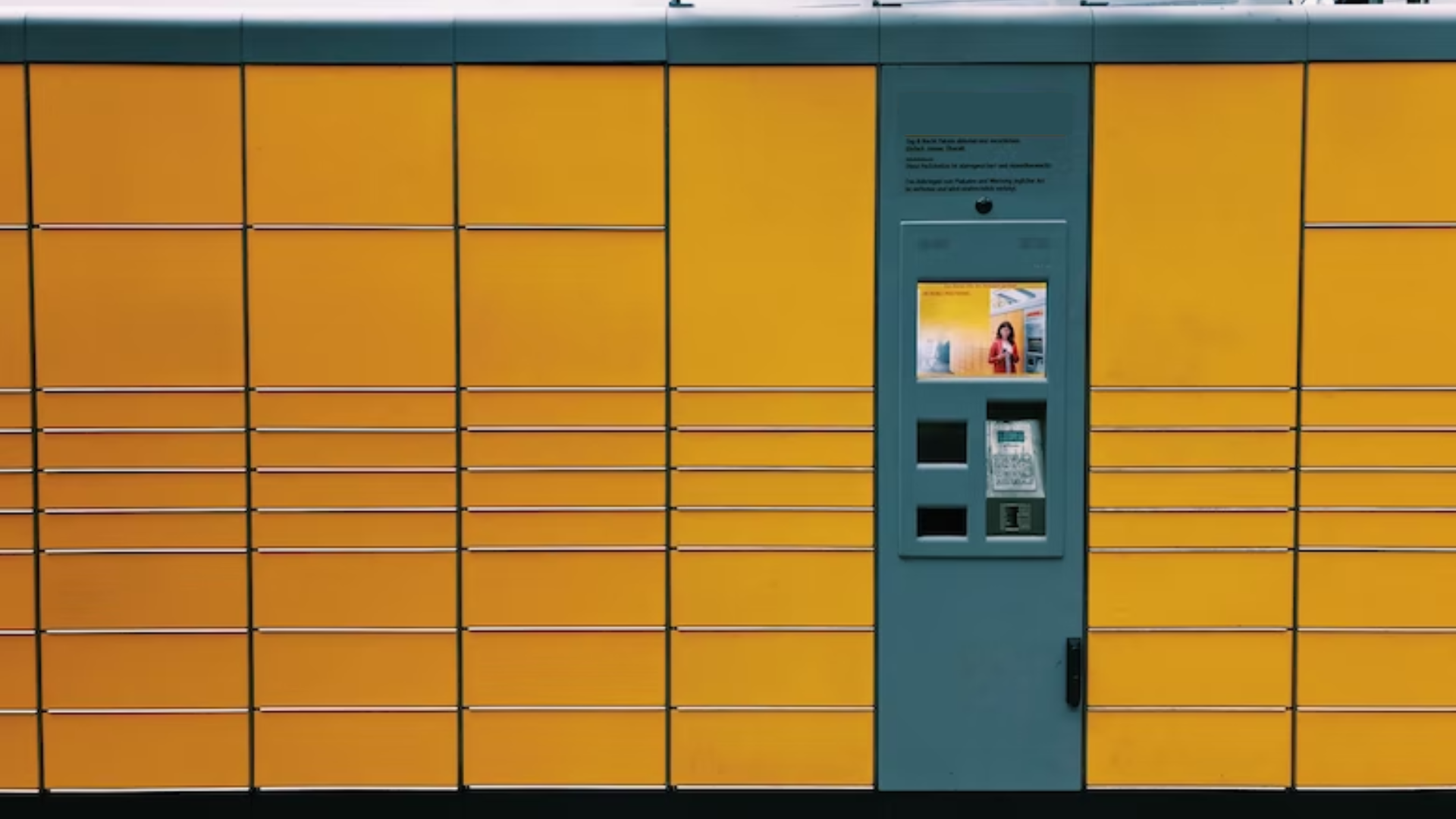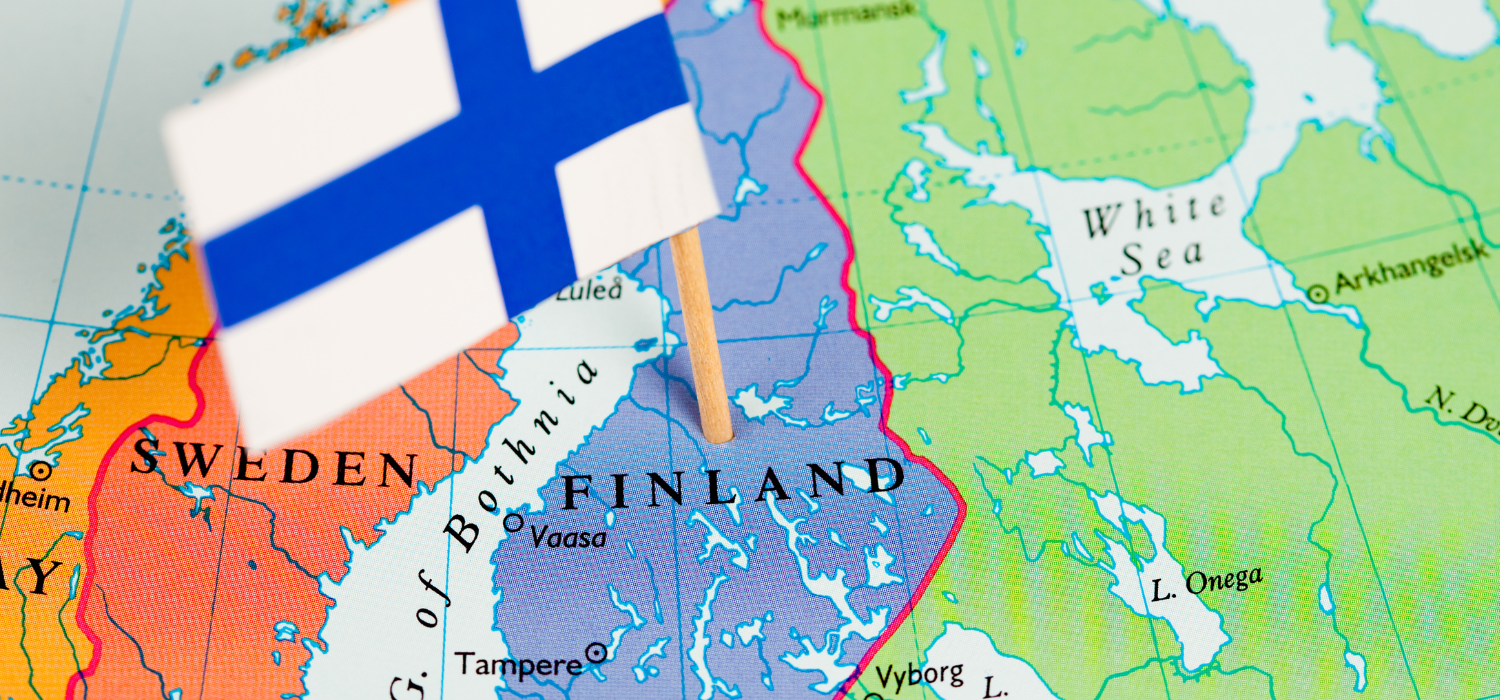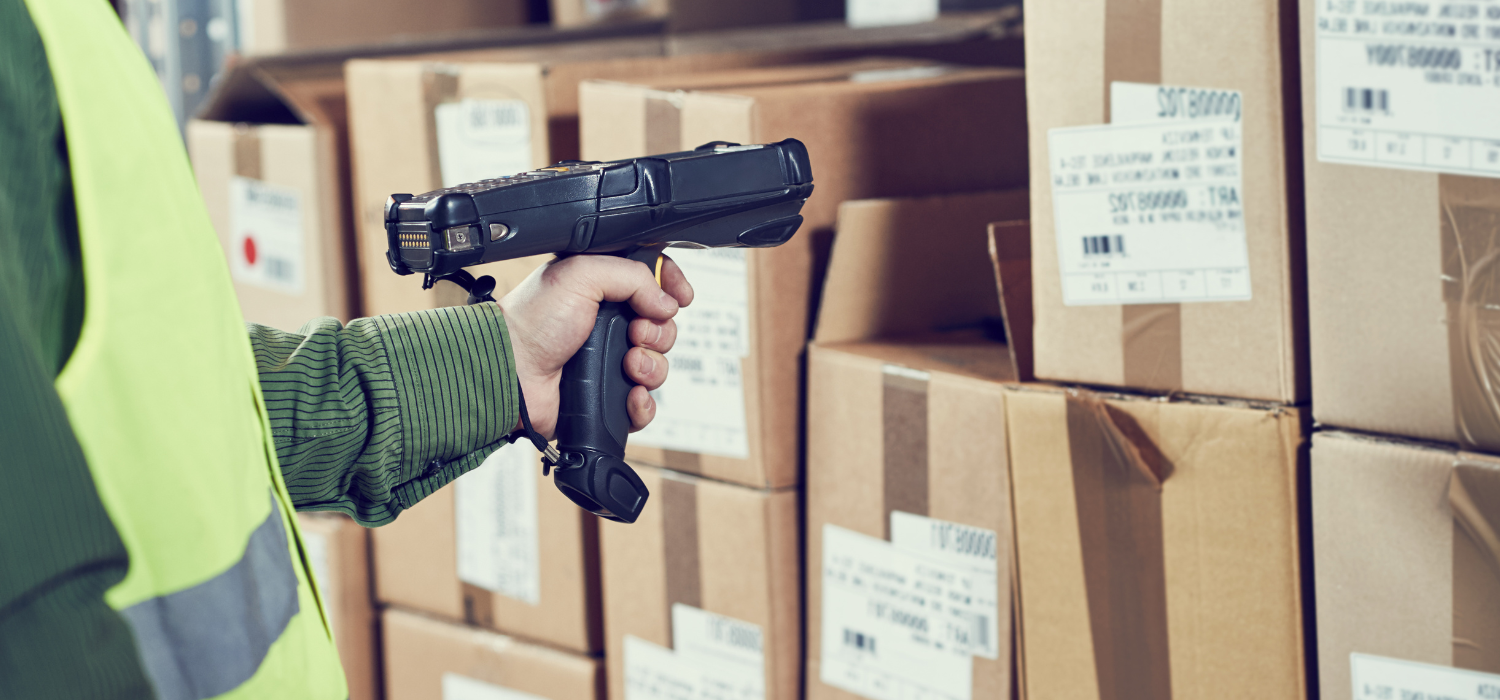By 2050, the European Commission plans to reduce the proportion of greenhouse gas emissions in transport by 90 per cent. To achieve this, last-mile logistics, to date the most polluting part of the entire logistics process, clearly plays a key role. According to data presented in Agcom’s Annual Report, in 2021, operators active in parcel delivery services delivered 961.3 million parcels in Italy alone, many of which, presumably, related to online purchases via eCommerce.
Finding more sustainable ways to deliver and collect orders is therefore no longer an alternative, but a necessity, also considering the increasing demands for flexibility and timeliness made by consumers. There is no shortage of solutions, such as the use of Lockers and Pick-up Points, but how do consumers and large marketplaces approach these alternatives? Let’s find out together.
Home delivery remains the most popular, but also the least sustainable option
According to data presented in the “Cross-border eCommerce Shopper Survey 2021” report by IPC – International Post Corporation, the most popular delivery method among online shoppers is still traditional home delivery, preferred by 45% of consumers worldwide with peaks of 75%, 72% and 71% in Mexico, Peru and Indonesia respectively.
The percentage is even higher with a further 16% of consumers choosing home mailbox delivery – i.e. no face-to-face contact – as their preferred option, and a further 5% requesting delivery to a secure location close to home. In contrast, 1% require delivery to a neighbour’s address, 2% to an alternative address and 4% to their office or workplace.
Consumers’ approach to Locker and Collection Points
According to the IPC Report, in 2021 only 5% of consumers worldwide chose Lockers as a pick-up solution for orders placed online. This percentage, however, increases enormously in countries such as Estonia, Lithuania, Iceland and Latvia, where the percentages are as high as 48%, 36% and 23%.
Slightly better, on the other hand, are pick-ups at post offices (chosen by 9% of consumers, with peaks of 56% in Russia, 36% in Latvia and 26% in Cyprus) and Collection Points (6% overall, with peaks of 35%, 26% and 25% in Sweden, Finland and Norway respectively).
Finally, there are Click & Collect and physical point of sale collection, options chosen on average by 4% and 2% of global consumers respectively, with China in the lead (13%) followed by France (11%) and Finland (9%).
In other words, consumers’ need for flexibility is growing, but so is the need to make eShoppers aware of the existence of solutions capable of responding simultaneously to several needs: lower environmental impact, greater flexibility in terms of space and time and, also, reduction of the risk of contagion due to the lack of direct contact with the person making the delivery. This solution is represented by Locker and Pick-up Points.
Investment in OOH Networks grows
Without investment in Out of Home delivery networks, the European Union may soon suffer from serious delivery infrastructure gaps that will lead to last-mile capacity problems and, thus, increased costs, as highlighted by the report ‘Out of Home Delivery in Europe 2022’ prepared by DPD Group and dataplace.ai.
According to the analysis – which covers as many as 28 countries and 288 delivery networks – Out of Home services (Pudo Networks and Lockers) will play an increasingly strategic role in the European Union markets, especially in France, Germany, Romania, the Czech Republic, Hungary, Poland and the Nordic countries, which together hold a 50% share of the Out of Home market.
From 2019 to 2021, the number of PUDO (Pick-up Drop-Off Points) and ATM (Automated Parcel Machine) solutions in Europe grew by 40%. Germany leads the ranking with around 57,000 PUDOs, followed by France (around 45,000), the United Kingdom (around 38,000) and, finally, Italy (around 36,000).
It is no coincidence that Vinted (the platform created in 2008 that allows second-hand objects to be sold and exchanged) has launched Vinted Go, its logistics company that will offer a pick-up drop-off solution with its own Locker network, in France.
The approach of large marketplaces
If consumers still need to be made aware of the existence of more sustainable forms of delivery – and return – of parcels, the situation seems to be different on the marketplace front where something is already moving.
Wish leverages Collection Points
US eCommerce giant Wish signed a partnership with Collect+ (part of the PayPoint Group) last July that will allow consumers to collect their parcels from Collect+ retailers. An agreement that will, among other things, double the number of Pickup Points available in the UK to date.
AliExpress sets its sights on Lockers
Also last July, AliExpress, the eCommerce service predominantly made up of small Chinese companies, announced that it would expand its 24/7 locker pick-up service across Europe, with the goal of reaching 47,500 Lockers by the end of 2022. The service was launched in Europe in March 2021 and to date has a total of 36,000 lockers. But that is not all. In addition to its own lockers, AliExpress has finalised a number of strategic partnerships in Poland, France and Spain (the countries with the largest number of AliExpress Lockers to date) to encourage delivery also at Pickup Points. The first partnership was signed in Poland with InPost. In France the focus is on the agreement with Relais Colis and Mondial Relay, while in Spain the local partners will be Celeritas and PuntoMOX. According to AliExpress, since the integration of lockers, the average daily use of lockers by online shoppers in Spain has increased 15-fold in June 2022 alone, while in France it has even tripled.
Primark enters the eCommerce world with Click&Collect
Irish retail giant Primark has also recently announced that it will experiment with Click & Collect in the run-up to next Christmas. The service will be available in 25 shops in the north of England and Wales where users will be able to collect goods previously purchased on the online site. The novelty, in fact, lies mainly in the fact that Primark does not currently provide an eCommerce service.
Post Office and DHL sign partnership for Click & Collect
On the delivery services front, an important new development is the recent agreement between the Post Office and DHL Express UK to deliver parcels directly to branches providing customers with a secure and convenient way to collect their orders. The Click & Collect service will initially be trialled at post offices in Northern Ireland, before expanding to over a thousand branches across the UK in early 2023. With over 93 per cent of the population living within a mile of a post office and branches opening longer hours than traditional retailers, the Click & Collect option offered by Post Office is indeed more convenient and flexible for consumers than home delivery. In fact, since Post Office opened its Network to external carriers in 2021, it has increased the number of branches offering the Click & Collect service from zero to almost 5,000.
GEL Proximity, an all-Italian solution
GEL Proximity is the first aggregator of Collection Points with a Proximity Network composed of tens of thousands of newsstands, stationers, post offices, Lockers, tobacconists, shops and service stations already active throughout the country for the delivery, collection and return of goods ordered online.
If you run an eCommerce platform and want to make your logistics greener, find out how we can help, or contact us for more information now.






